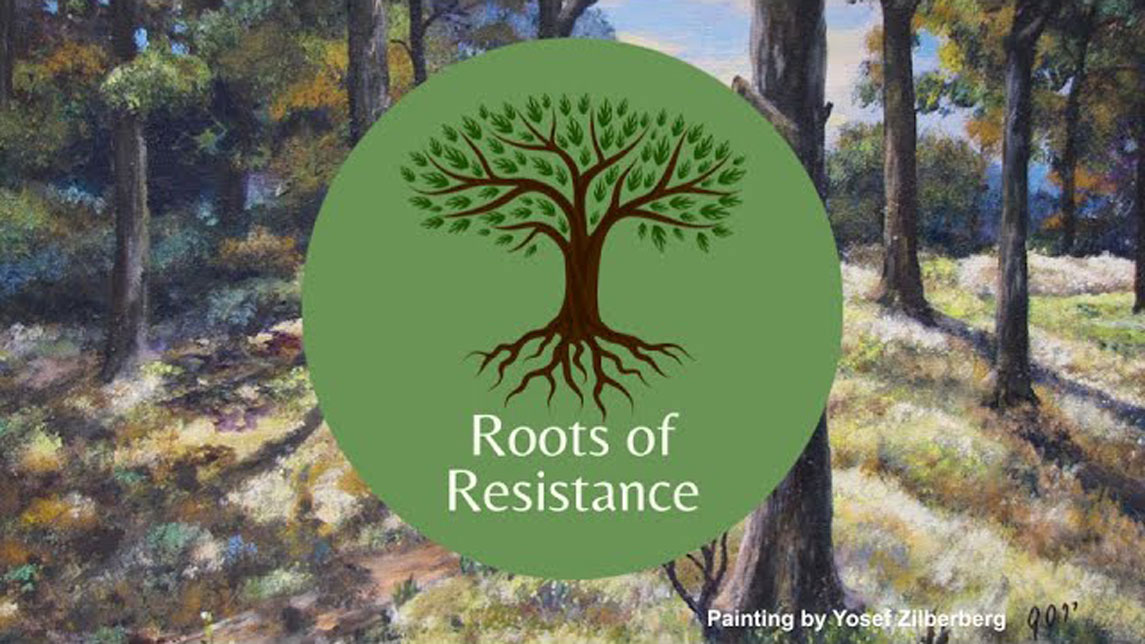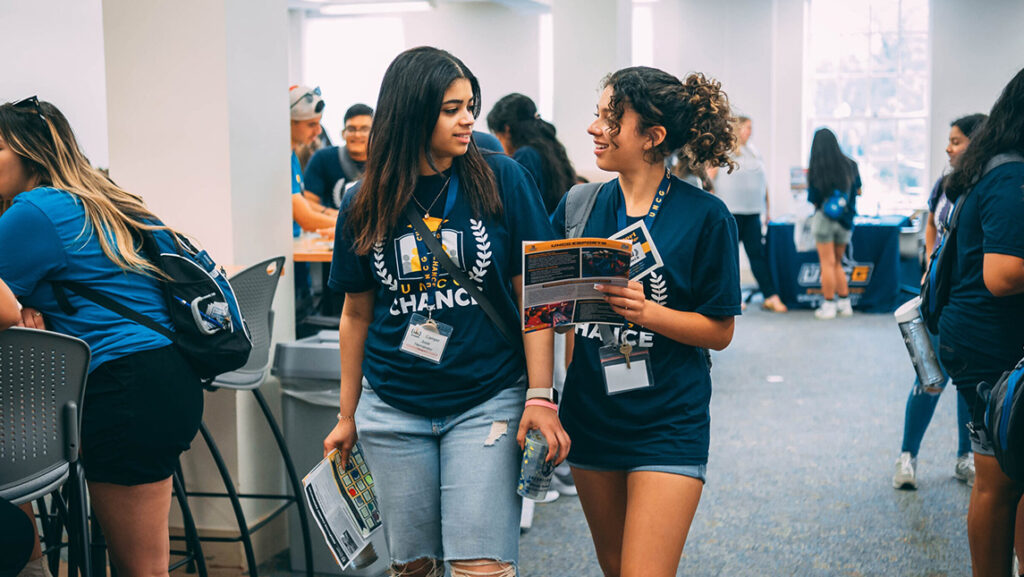
Growing up, Dr. Anne Parsons was told that her Jewish family members from Ukraine died in a fire during the Holocaust. It wasn’t until she started researching the Nazi’s genocide of Jews of Ukraine that she learned her family was part of one small village’s show of resistance.
Together with graduate students in UNC Greensboro’s Master’s in History and Museum Studies Program, the associate professor and director of public history envisioned a Holocaust exhibit specifically focused on the events in Tuchyn, Ukraine during World War II. Her team of graduate students and faculty collaborators came up with “Roots of Resistance,” a digital and physical installation, with a community-engaged, educational mission.
Educational resource
The scholars completed the work through three courses in the program, which focuses on museum and historic site interpretation and the practice of public history. The students were especially involved in curating the digital exhibit, including videos that described the Jewish resistance against the Nazis.
Funding for the project came from the Whiting Foundation Community Engagement Seed Grant, and involved the talents of local artists, such as Adam Carlin, as well as web developer Sarah Riazati.
And, as always, the study of public history at UNC Greensboro doesn’t end with the knowledge uncovered. It goes much farther, into the community and into institutions across the state that educate North Carolina’s young students who will then become informed citizens.

The exhibit is for all those interested in World War II history and the history of Ukraine – but it also fills a need for education in North Carolina. Introduced in 2021, the Gisela Abramson Holocaust Education Act, or NC House Bill 437, requires the State Board of Education include instruction about the Holocaust and genocide in the English and social studies standards used in middle and high schools.
“Our intention is to give another resource for teachers to provide that information,” says Parsons.
As both a digital library and a physical installation, the exhibit will deliver an immersive and interactive experience for the students and satisfy the educational requirement.
Creative vision
The digital component is a website filled with visual storytelling of the Nazi’s occupation of Tuchyn. All photography and art featured in the exhibit was donated by survivors and their families living around the world.
The physical exhibit features five-foot wooden trees that the students will interact with in their classrooms. The trees, which were constructed with the help of Sebastian Lindquist in UNCG’s Interior Architecture woodshop, provide different interactive activities to facilitate learning. For example, one tree will invite students to respond through poetry while another uses visual art. Based on the success of the test run of the exhibit, more trees may be built over the summer leading up to the official launch this fall.

“What educators have found is that participatory practices like creating poetry, or doing visual arts, really helps learning experience. And that’s the core of the exhibit,” explains Parsons. “In terms of how the physical exhibit was made, the UNCG students helped conceive of that idea. And we worked with the team, and made it happen.”
“Roots of Resistance” will travel to high schools across the state over the next five to ten years.
In selecting meaningful projects for researchers in history and museum studies to take on, Parsons sees much value in listening to the community and observing where the gaps in learning may be.
“A core practice of our program is community engagement,” she says. “As in, what are the needs of our community? How can we take our own research as scholars and students in the University, bring it to the community and respond to a community need in a meaningful way? And one of the other defining features of our program is – whether they’re in digital history classes or in collections management – they’re always getting hands-on experience in working on public projects that fill a community’s need to learn.”

Discover UNCG’s History and Museum Studies program
Learn about the master’s program that prepares students with hands-on public history experience.
Story by Susan Kirby-Smith, University Communications, RLF
Photography courtesy of Ann Parsons



